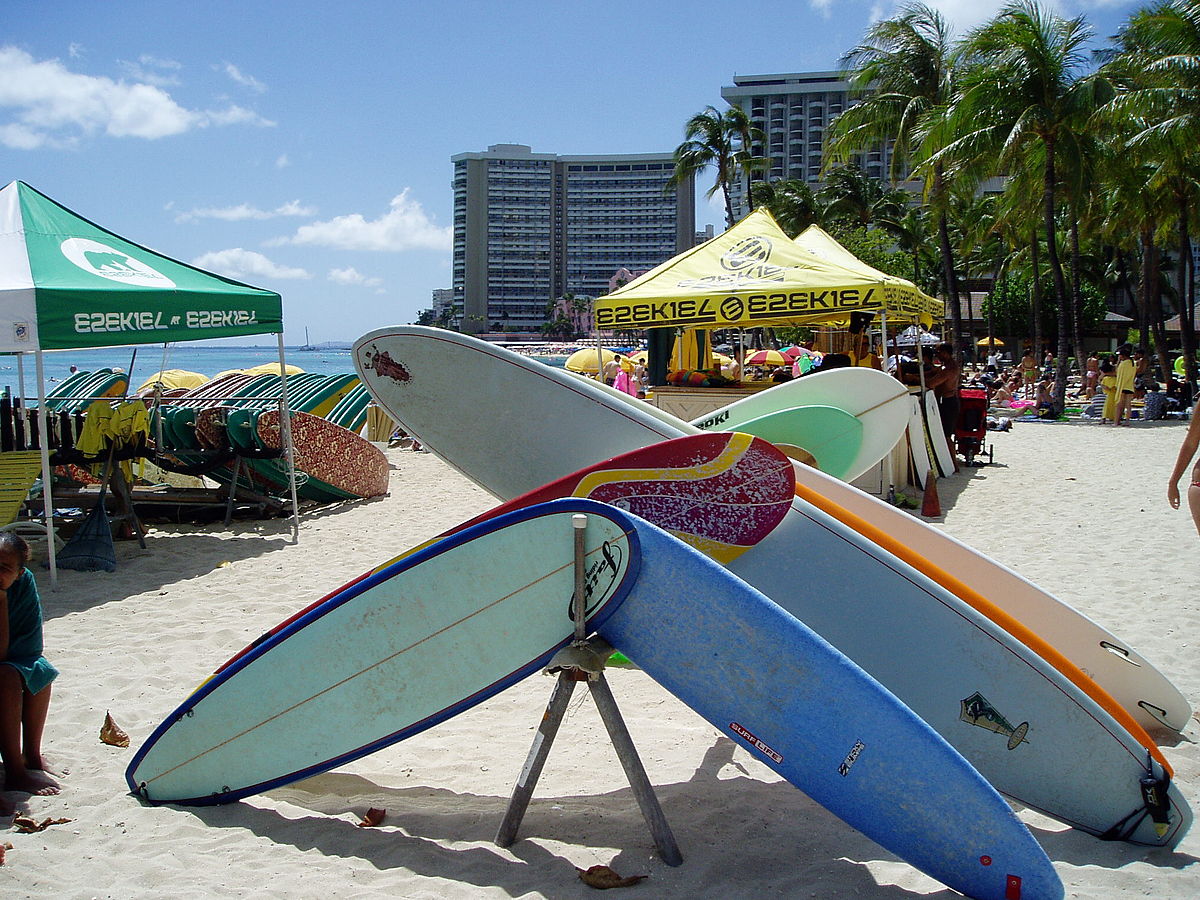For many of our compatriots, surfing has become not just a favorite hobby, but also part of life and philosophy.
This popular sport at least provokes curiosity and a desire to try to get on the surfboard.
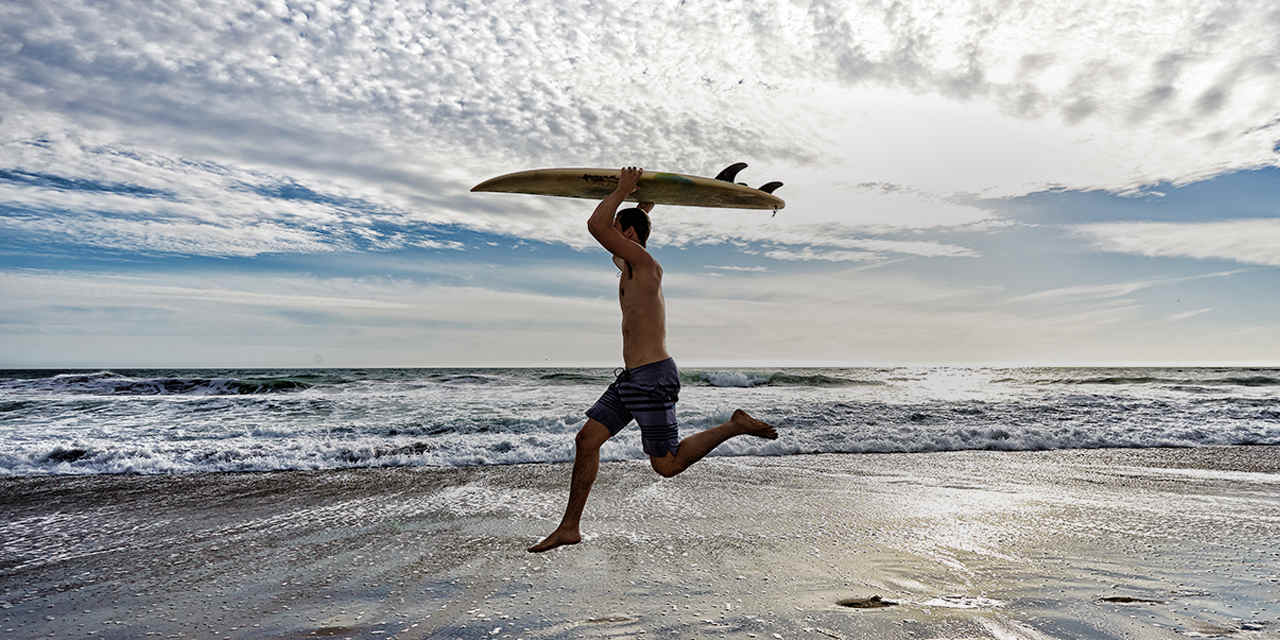
The first victories give rise to a desire to challenge the elements and test their own abilities – this is how a hobby leads many newcomers to the surf equipment store.
The untrained person a variety of surfboards can be confusing. Short and long, wide and narrow, with different shapes of the tail, nose and rails …
We will tell you how to choose a surfboard and buy what suits you.
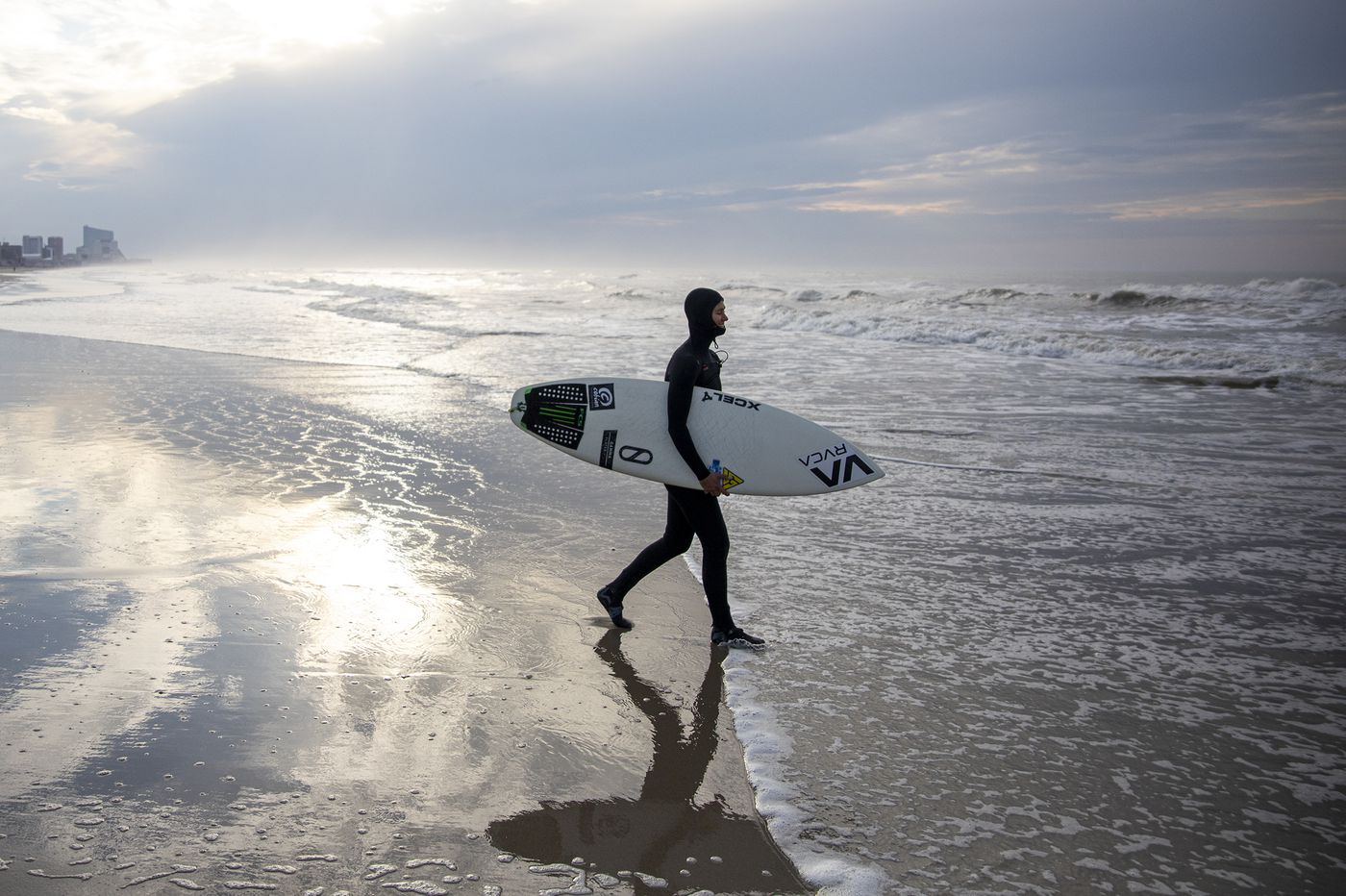
Only a few years ago on the beaches you could see only two types of surfboards: longboards and shortboards.
The choice of design was limited to only one parameter – the length. It was enough to the athlete to determine only a convenient ratio of his height and height of the type.
Today, in addition to longboards and shortboards, there are hybrids, fishes, fanboards, ghana and other designs.
Thus, we are talking about finding the optimal design with a set of necessary parameters.
Choosing a surfboard type should begin with the answer to several questions:
- 1. How long do you go in to sports and what level of skiing do you show?
If you are just starting to embark on the tides and are not yet confident in your abilities, choose longboards.
The surfboard type should be long, wide and soft. The design allows you to accelerate even from coastal tides and easily feel the balance.
Experienced athletes, as a rule, are choosing lighter, maneuverable and difficult to manage shortboards, ghana and other models.
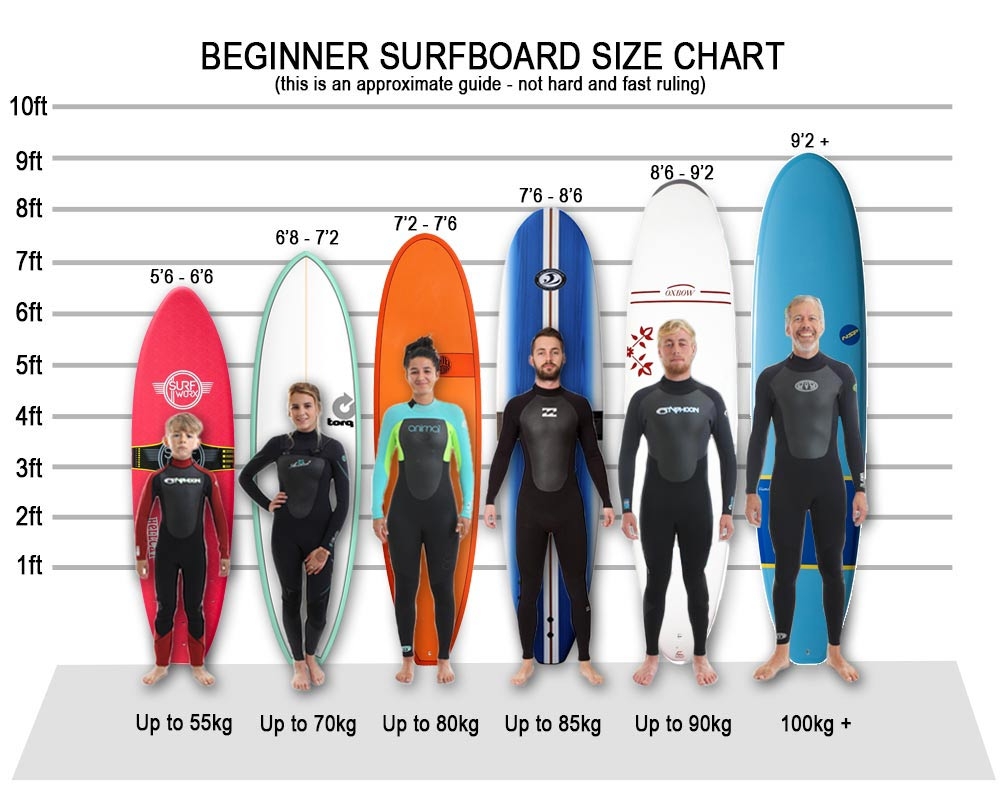
- 2. What is your height and weight?
One of the most important parameters of choosing a type is its volume.
Each surfboard is immersed in water to a certain depth. If you do not take into account the weight of the athlete, then the type can completely go under water.
To avoid that, it is necessary to choose and calculate the ratio of the volume of the surfboard to the weight of its owner. To do this, divide the last indicator by the first and get the desired number.
Beginners should choose a ratio of weight to volume of 1 kg / 1 l, and professionals can experiment with indicators of 3 kg / 1 l.
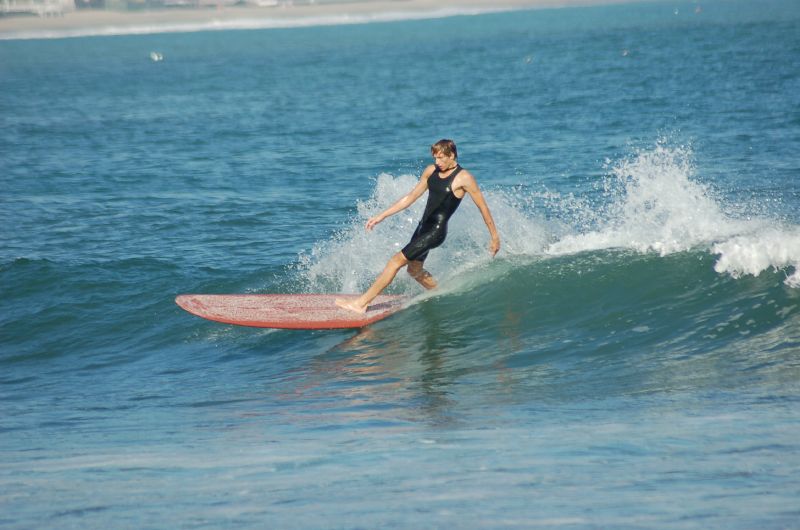
- 3. Where do you usually ride?
The answer to the question of how to choose a surfboard will largely depend on the type of tides you are used to.
Longboards are great to soft and long beach breaks; for fast trumpeting reef tides , you should choose shortboards.
We will talk about the nuances of choosing below.

- 4. What is your riding style?
Immediately, we note that the manner of behavior on the water will depend on the characteristics of the tides, and the latter are determined by the weather, season, bottom structure…
For this reason, experienced athletes acquire several surfboards for different beaches at which training is planned.
There is no universal design to different tides.
Table of Contents
What are surfboards
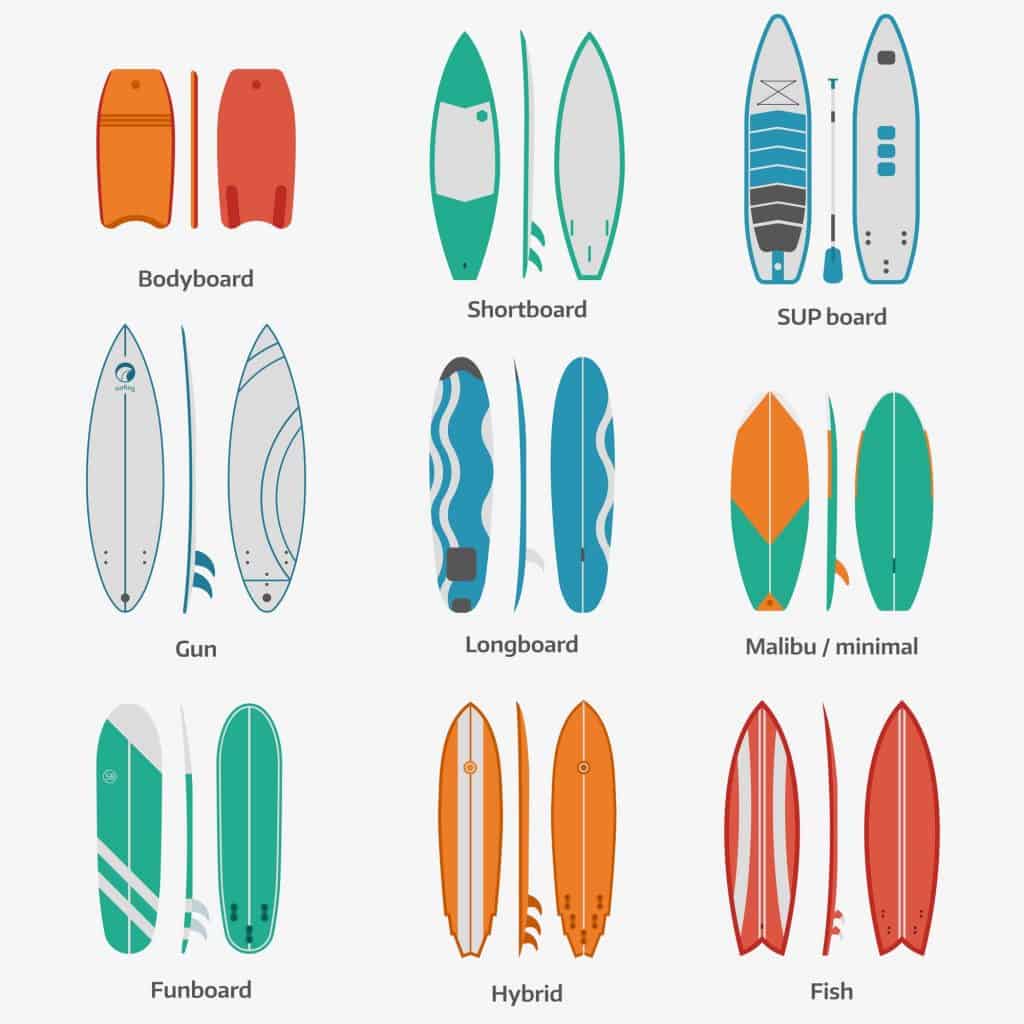
Consider the main designs that can be found on sale.
Longboard
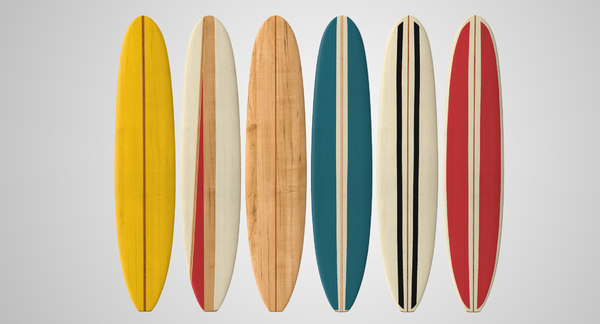
It is the perfect choice for beginners who are just planning on surfing. A long wide board with a smooth profile has good water resistance.
It allows a novice surfer to master a relaxed riding style and feel his abilities.
The first surfboards’ typed, which were produced at the beginning of the last century, had a weight of up to 70 kg, a length of up to 5 m and a thickness of about 10 cm. To manage such a structure was not easy, since it did not yet include fins.
Today, the length of the long does not exceed 3 m, thickness – 5―8 cm, and weight – 25―30 kg. The width of the structure can be 50–65 cm.
Good stability on almost any wave, the ability to experiment with movements across the board area, energy saving with distant swims (you can lie and sit on a surfboard).
If you plan to move on to learning tricks such as turns, we recommend choosing a lighter and more compact surfboard type.
Shortboard
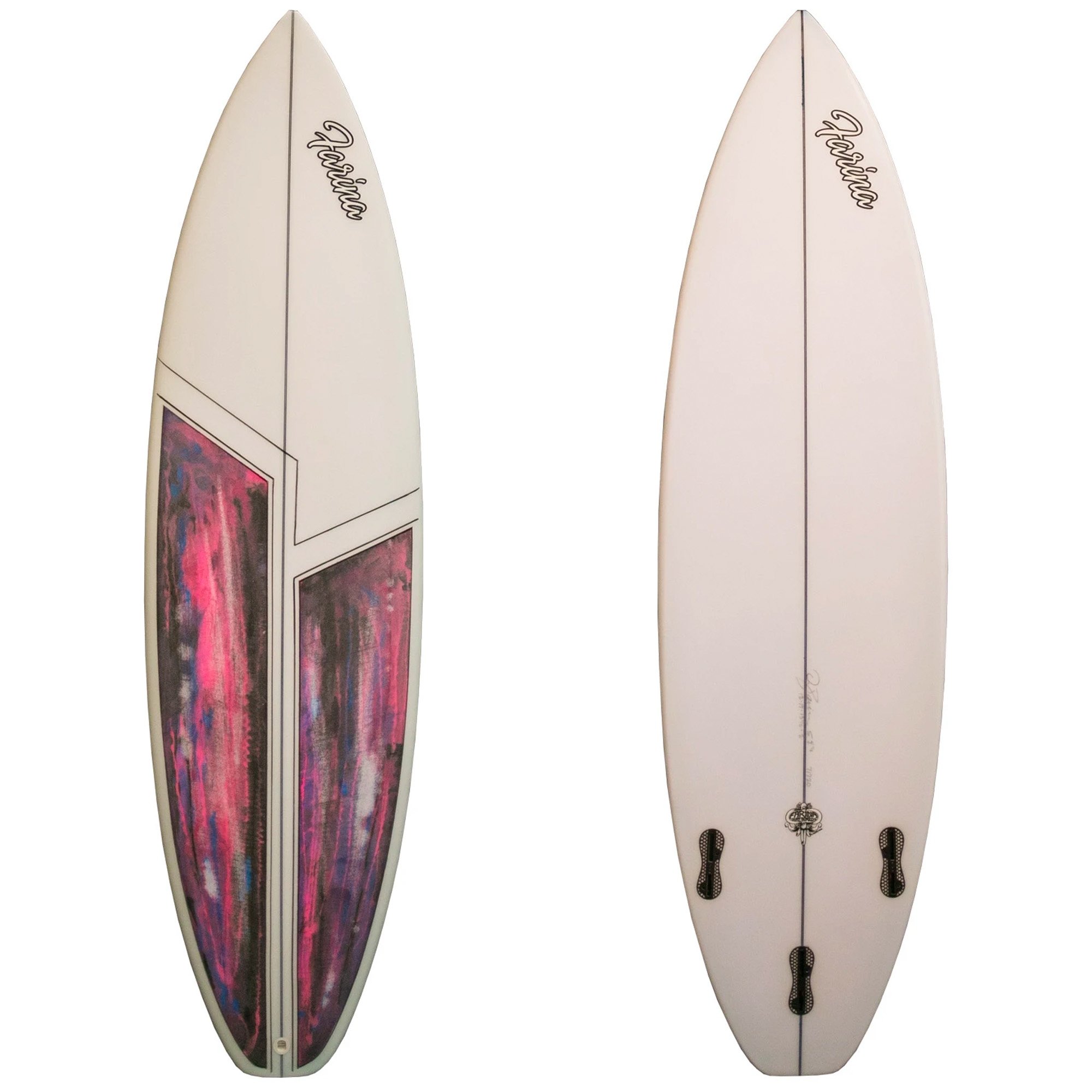
With the development of the board, the path to professional sports begins.
Shorts, unlike longs, are designed to conquer powerful blowing tides. Driving on short and thin boards is dynamic, high speed and spectacular.
It is no coincidence that among the English-speaking surfers shortboards received the unspoken name of “show-offs” (“to the show off”).
If you watched videos from famous surf spots, now you know on which boards show tricks are performed.
Shortboards have a length of about 1.5–2.2 m and a width of 35–65 cm. The appearance of the structure resembles a torpedo: a narrow sharp nose, an expanding deck and a swallow tail.
Compactness, maneuverability, the ability to quickly start on a strong wave and, finally, mastering tricks, such as passing through a “pipe” under a water curtain.
Difficulty in management (shortboards do not tolerate errors and neglect of safety rules), high sensitivity to balance.
Fishboard
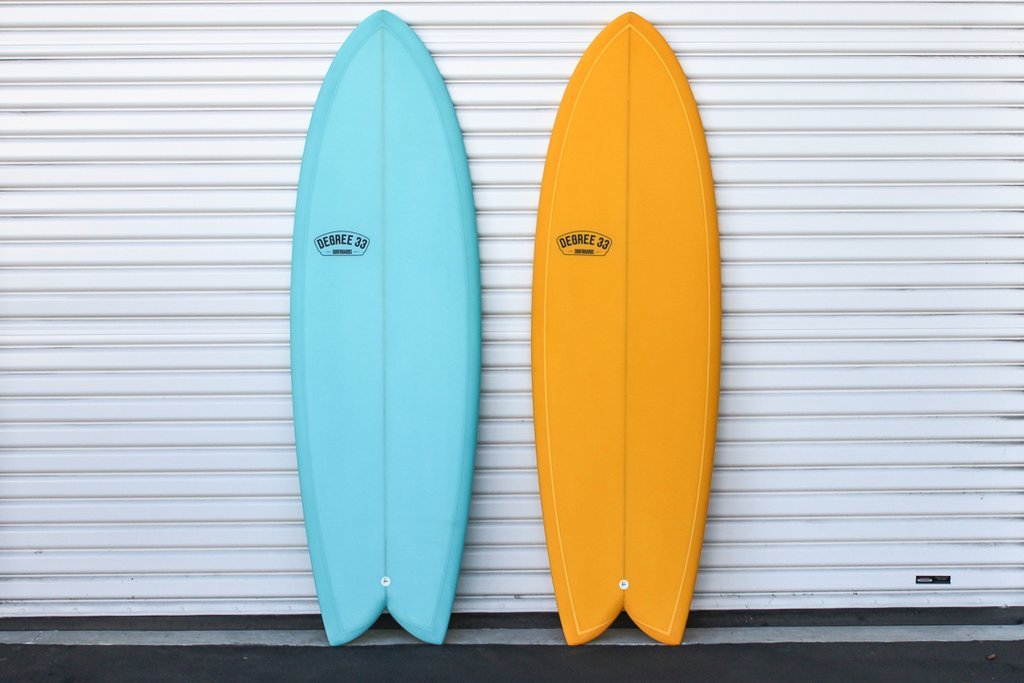
It is one of the modifications of shortboards, aimed at non-professionals.
The design of the chips is considered the third most popular after longs and shorts. However, no other surfboard has received as many designer incarnations as this one.
In total, there are about 200 constructive options to fishboards. The “fish”, as the surfboard is also called, has a length of 1.5–1.8 m, a width of 50–65 cm.
Its characteristic feature is a forked tail section, which helps to accelerate on the wave and maneuver.
A successful combination of shortboard maneuverability and longboard complaisance, suitable for small waves, helps to master professional tricks and riding techniques (e.g., sharp turns and rotations).
Not every beginner will be able to cope with a fishboard, on such a surfboard it will not work to lie on the water in anticipation of a wave.
Funboard
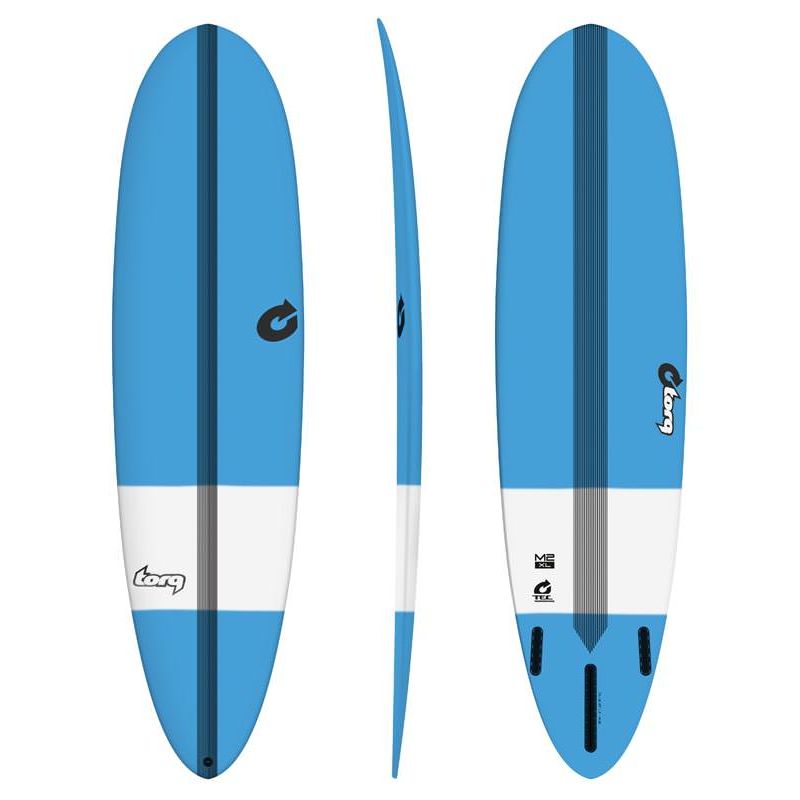
Another name to the board type is minimalibu. This is a shortened version of longboards, having a length of 1.8 to 2.6 m and the same thickness (up to 8 cm).
The funboard type has a rigid structure and shows great maneuverability. The shapes of the bow and tail can be varied.
If the size of the long bothers you, and it’s too early to learn shorts, we recommend choosing a surfboard such as a fanboard.
Suitable to beginners, it allows you to comfortably go out to medium (not gentle, but also not very high) waves and gradually switch to shortboard training.
It’s difficult to dive at the minimum waves of large waves, they have almost the same weight as longboards.
Gun (big-wave gun)

This equipment is for real professionals who hunt for giant waves (about 10 m). Ghana have a length of at least 3 m, a thickness of about 10 cm, a width like shortboards (35–65 cm) and pointed nose and tail.
Long and narrow surfboards resembling rockets in shape make it possible to quickly and easily accelerate on steep waves while maintaining high maneuverability.
Ghana is not intended for beginners, since it is very difficult to maintain balance on such a structure.
Strength and resistance to mechanical loads (the surfboard will not break due to the large thickness), the ability to stay afloat for a long time and quickly reach the required speed during acceleration.
Large dimensions, high demands on balance.
Sapboard (SUP, Stand Up Paddle)

Designed for a special sport in which the surfer moves on the surfboard, helping himself with an oar. In fact, this discipline is a transition between surfing and rowing, so special equipment was developed for it.
Sappboard, in comparison with other surfboards, is wider (70–80 cm), has a length of 3–3.3 m and a thickness of about 10 cm.
At the same time, choosing a suitable SUP is not easy. By design, such surfboards can be solid and inflatable, ordinary and elongated (up to 5 m), for lakes and mountain rivers.
Universality (glitches are often used by photographers, fishermen, rescuers), stability on water, the ability to swim in any body of water.
Lack of drive and vivid emotions from conquering waves. But if you like a measured and calm rest on the water with elements of physical exercises, then we recommend choosing a surfboard such as SUP.
Design features of surfboards’ types

Perhaps you have already made certain conclusions for yourself from the description of the types of surfboards, but this is not enough.
In addition to length, width and thickness, each type has other parameters that will affect its performance.
To choose the right type, it is important to consider:
- The shape of the nose. The wider this part, the more stable the board. A narrow pointed nose allows you to quickly rise to strong sharp waves.
- The shape of the tail. The wider the feed, the faster the type accelerates. The narrow tail makes it easy to maneuver on the waves, but can reduce speed.
- Type of rocker. This is the lower bend of the nose and tail, which is clearly visible when viewed from the side of the board. A tall rocker in the bow allows the surfboard not to bury itself in the water while moving. The tail lift makes the board more manageable on sharp turns.
- The structure of the rails. These are the edges of a certain type. If speed and good gliding are important to you, then hard rails that form an angle with the bottom are suitable. If the waves are strong, then the soft rounded edges will help to slow down the board.
- Features of the fins. This part directly affects the handling and stability of the board on the water. A surfboard, depending on the model, can contain from 1 to 5 fins.
Thus, most likely, it will not work to immediately find the answer to the question of how to choose a surfboard. Here, the athlete’s personal preferences, his style of movement, his favorite tricks and spots are important.
Conclusion
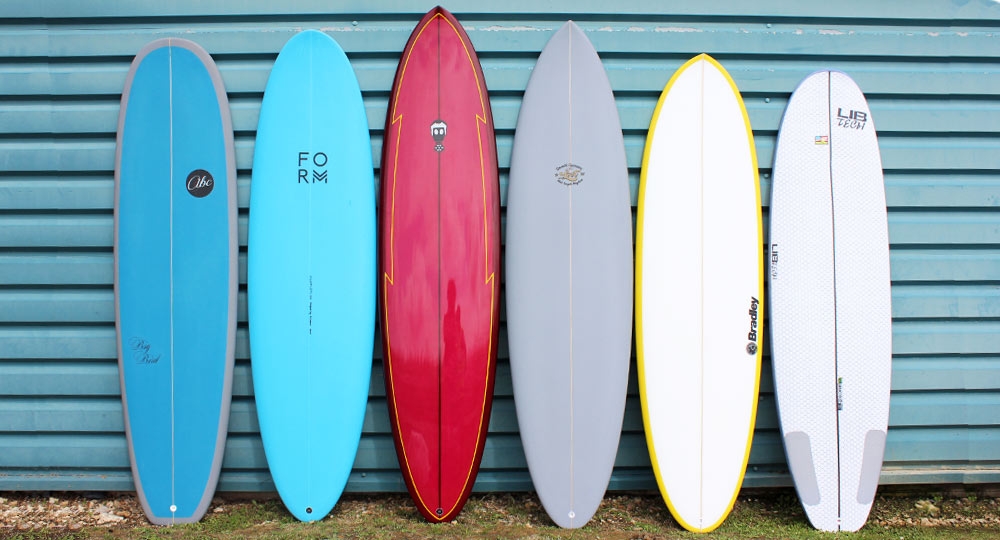
Despite the fact that surfing is an exotic sport for our country, every year it is becoming more and more popular.
After taming the first wave, life changes, the desire for balancing on the brink and flying over the water surface becomes a whole philosophy.
Surfing teaches patience and self-control, helps to overcome fears and doubts when you are left alone with the elements.
However, do not forget that this sport requires discipline and responsibility. The first step in mastering surfing is choosing the right equipment.
The second is strict adherence to the trainer’s instructions. The third is regular independent studies.
If this puzzle develops, then you will get a hobby for the rest of your life.
Our team works so that you can fearlessly take the first steps in mastering surfing. We are also happy to help experienced athletes update equipment and learn about the latest surf industry.




